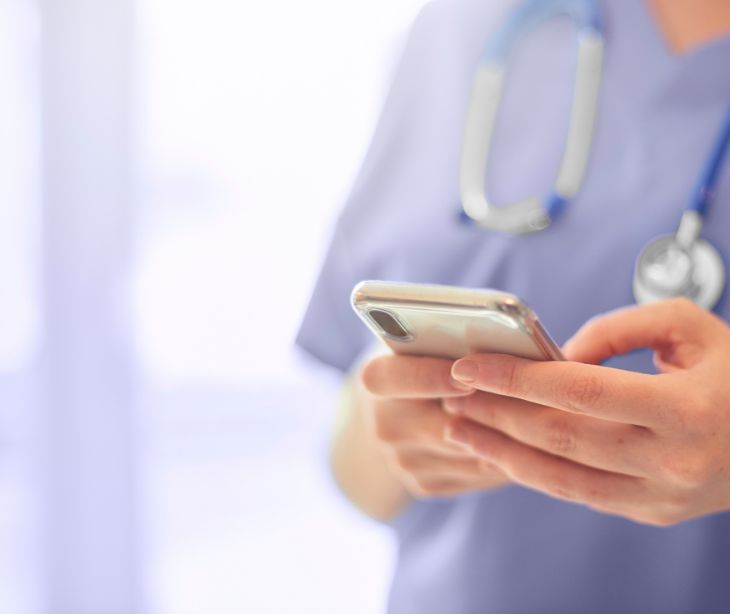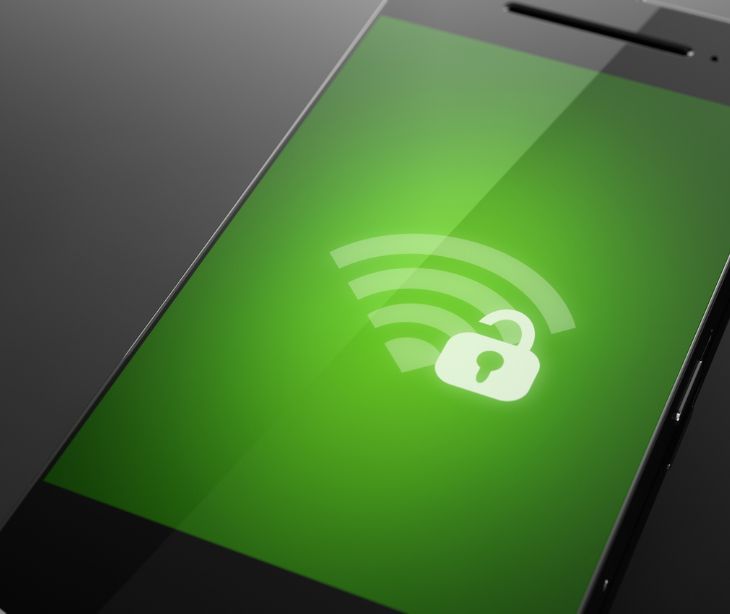2 min read
What is the 'bring your own device' policy in healthcare?
Liyanda Tembani
December 05, 2023

The healthcare 'bring your own device' (BYOD) policy permits authorized personnel to use personal devices like smartphones or laptops for work within healthcare. It establishes strict guidelines for device use, data security, access controls, app usage, and training. This policy balances convenience with stringent safeguards, enabling professionals to use familiar devices while protecting sensitive patient information.
What exactly is BYOD in healthcare?
BYOD in healthcare acknowledges the prevalence of personal devices in professionals' daily lives. It isn't merely about using personal gadgets; it's about enabling seamless workflows and enhancing patient care through familiar tools. It is important to balance the convenience of personal devices with the need to protect sensitive patient data through a proactive approach.
The components of a healthcare BYOD policy
- Device compatibility: Defining the approved devices extends beyond brand or model specifics. Devices must align with the healthcare organization's network, security protocols, and software applications. This alignment ensures smooth interoperability without compromising security or performance.
- Data Security Measures: BYOD policies should prioritize data security, mandating strong password protection, encryption protocols, and remote wiping capabilities in case of device loss or theft.
- Access controls: There must be a precise delineation of who can access what data on personal devices. Implement multi-factor authentication, role-based access controls, and real-time monitoring mechanisms to restrict sensitive data access to only authorized personnel, minimizing the risk of unauthorized breaches.
- App usage guidelines: Beyond device compatibility, guidelines for installing and using healthcare-specific applications ensure a standardized approach. This involves periodic vetting of apps to ensure compliance with security standards and avoid potential vulnerabilities.
- Distinguishing personal and work use: Establish clear boundaries between private and work-related activities on your devices. That often involves using separate profiles or partitions to ensure that work-related data remains distinct and secure, preventing unintentional leaks or breaches.
- Training and awareness programs: Regular training sessions, workshops, and awareness programs educate employees on evolving security threats, best practices, and the latest compliance standards. This knowledge equips them to navigate potential risks effectively.
- Enforcement and consequences: The policy must emphasize the consequences of noncompliance. It should articulate the repercussions for violating the policy, ensuring a culture of accountability and reinforcing the seriousness of adhering to established guidelines.
Benefits and risks
The advantages of BYOD in healthcare extend beyond convenience. It fosters a culture of innovation, where professionals leverage their tech prowess for improved patient care. However, this convenience is balanced against the risks of data security breaches, privacy concerns, and potential technical hurdles.
Mitigating risks and considerations for implementation
The type of data accessed on personal devices: Sensitive data demands stricter security measures. Tailoring security protocols based on data sensitivity ensures proportional protection against potential breaches.
Assessing risk tolerance: Organizations must conduct risk assessments to gauge their vulnerability. Aligning security measures with their risk tolerance ensures a pragmatic approach to data protection without stifling productivity.
Technical expertise: Ensure the presence of skilled personnel capable of managing and securing personal devices. This expertise is pivotal in implementing and maintaining an effective BYOD policy.
Subscribe to Paubox Weekly
Every Friday we'll bring you the most important news from Paubox. Our aim is to make you smarter, faster.




